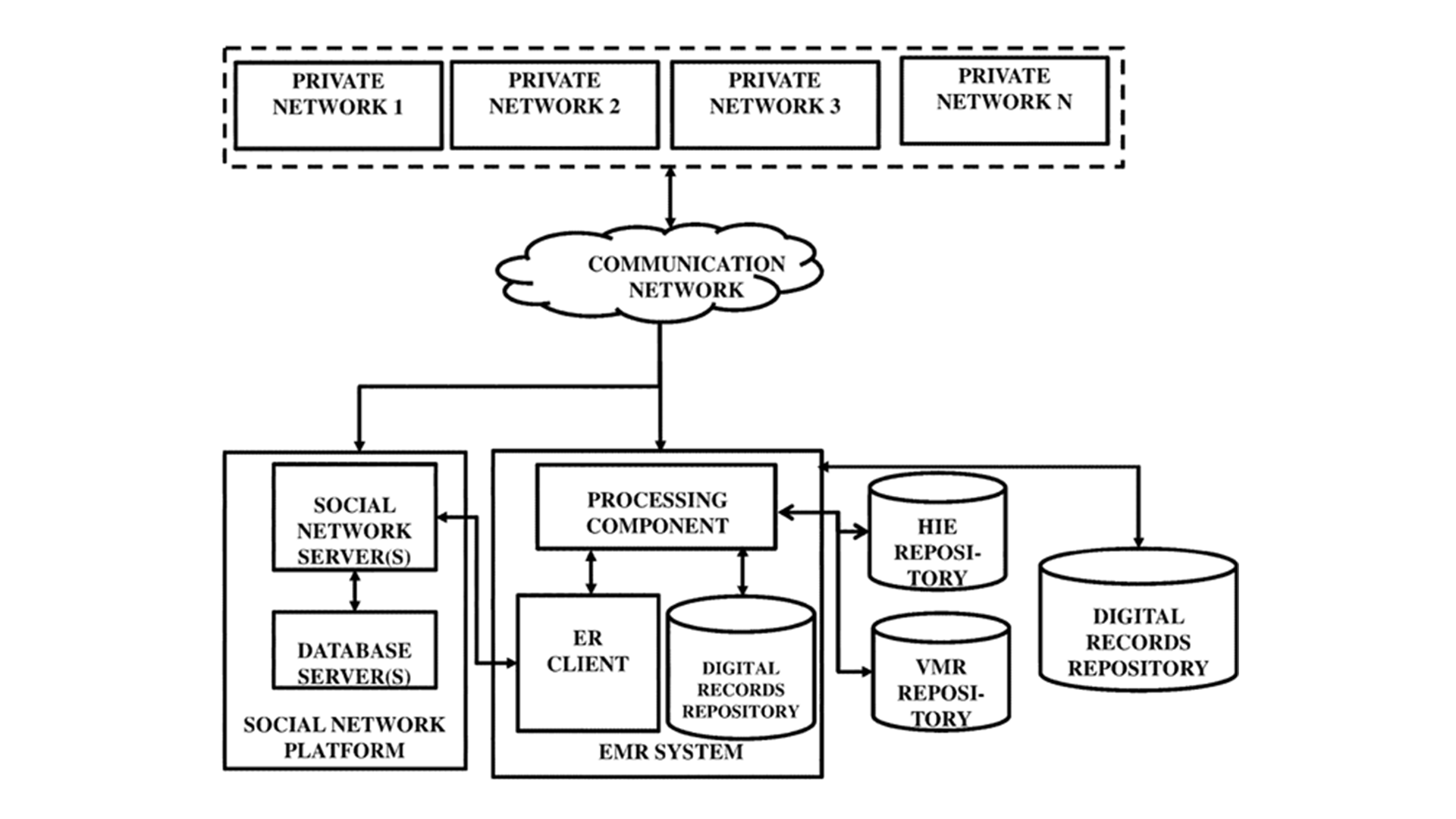
Modern healthcare centers, from sprawling hospitals to intimate nursing homes, meticulously maintain an extensive cache of medical data about their patients. This extensive dataset, inclusive of demographics, medical history, diagnostic outcomes, prescriptions, and other salient details, plays a pivotal role in numerous administrative and clinical procedures. It is instrumental for patient tracking, billing procedures, long-term assessments, remote patient care, telemedicine applications, and ongoing health evaluations.
Contemporary healthcare solutions, including electronic health record data banks (EHRDB), have historically addressed the aggregation and storage of such vast amounts of data. By offering a centralized system, EHRDBs ensure data from various entities is electronically maintained and can be retrieved upon demand. However, the growing complexity and variety of medical devices have opened up new challenges.
Pioneering Approaches for Advanced Medical Device Management
Recognizing these challenges, contemporary healthcare solutions have introduced an innovative technology. At its core lies a technology designed to decipher the physiological characteristics of a patient. By generating signals that reflect the instantaneous physiological state, it bridges the gap between human biology and machine intelligence.
There are devices designed to emit signals that reflect their operational states. This feature ensures that medical professionals are always abreast of the performance and functionality of their equipment.
By intertwining physiology with technology, this innovation has heralded a new era in medical device management. It not only ensures that medical devices are operated optimally but also revolutionizes the way data is communicated, stored, and retrieved. As healthcare continues its journey towards being more digitized and interconnected, such technologies promise a future where patient care is more efficient, reliable, and holistic.
Enhancing Medical Interventions Through Instantaneous Insights
The patented technology under discussion is a marvel in real-time health monitoring. The technology utilizes a unique sensor adept at identifying a rane of physiological characteristics. Once these characteristics are sensed, a digital signal is generated, offering insights into the immediate physiological state of the subject.
This capability addresses a critical need in clinical settings. Given the dynamic physiological changes in patients, a real-time insight into their current state is essential. This technology facilitates prompt and accurate healthcare interventions, optimizing their efficacy.
Dynamic Interplay of Devices and Data
The technology integrates with electronic devices, each performing crucial functions—be it therapeutic, diagnostic, or medication delivery. These devices are not just passive tools; they actively generate signals that indicate their operational states. Such functionalities allow for a harmonious and synchronized interaction among the devices, making medical procedures more streamlined.
The innovation lies in how this technology interacts with a specialized database. This database is a reservoir of ever-changing computer-executable files gathered from numerous private networks. These files hold the key to dynamically updated information, signifying range of attributes pertinent to the subject. The attributes aren’t static; they adapt and change, reflecting the ever-evolving nature of healthcare data.
Synchronized Operations and Security Measures
A noteworthy feature of this technology is the inclusion of a server, which plays a pivotal role in receiving instantaneous physiological data and, based on this data, relaying programmable operational parameters to the devices. Such an arrangement ensures that the devices’ actions are always in sync with the immediate needs of the patient.
This technology represents a significant advancement in contemporary healthcare solutions. Through its capabilities in real-time monitoring, interactive data management, and robust security protocols, it offers a more precise and individualized approach to patient care, emphasizing efficiency and accuracy.
